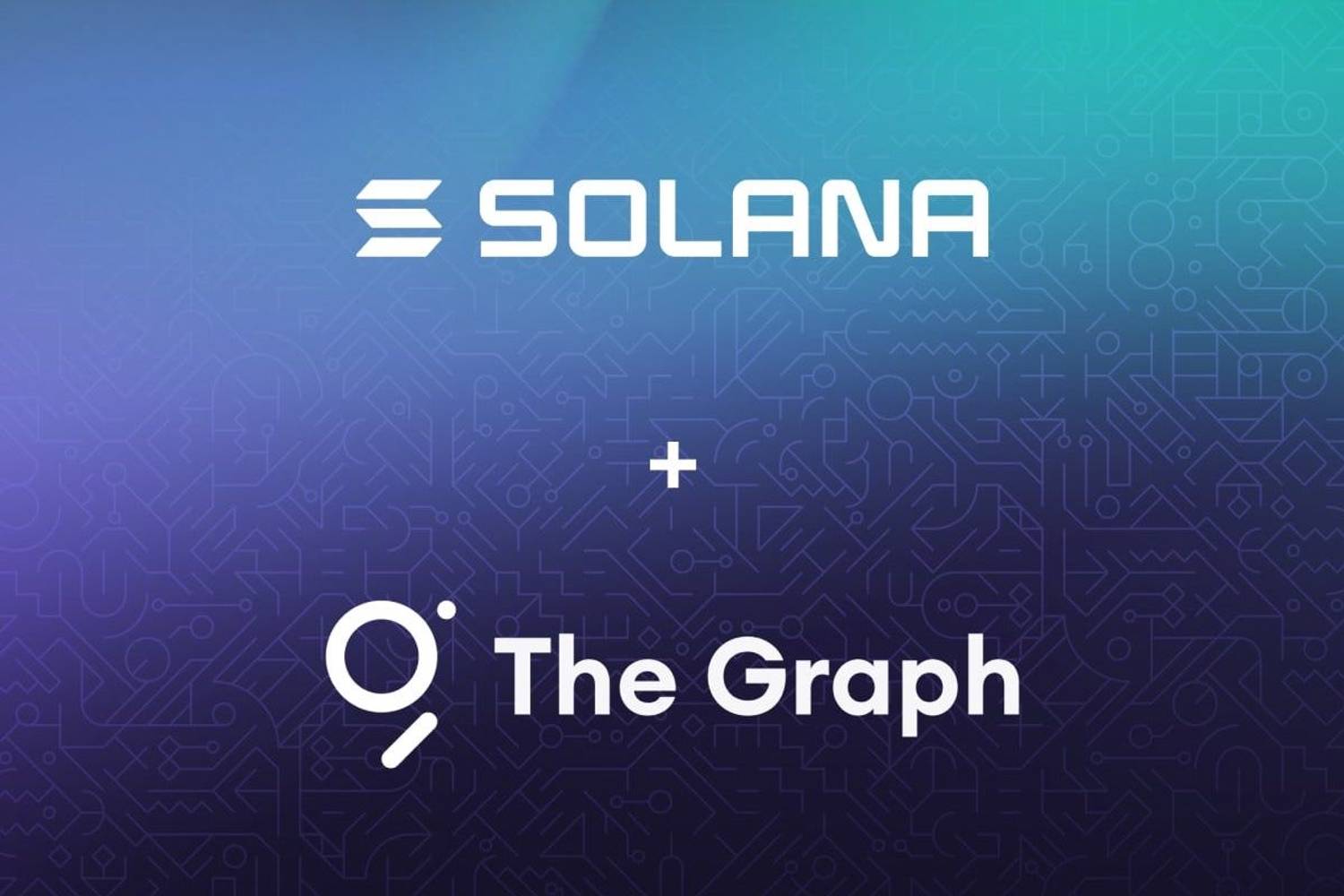The Graph Now Supports Solana with Substreams
The Graph Foundation has announced support for Solana with substreams, a move set to empower developers to build swift decentralized applications. This cutting-edge, open-source technology facilitates efficient data extraction, offering massive potential for blockchain innovation.
The Graph Foundation has revealed the addition of support for Solana with substreams. This significant move grants the Solana developer community the ability to employ The Graph for the construction of ultra-fast decentralized applications (dapps). This initiative, accomplished using the novel technology of substreams, facilitates the efficient extraction and interpretation of on-chain data from Solana’s mainnet-beta to enhance their applications. This promising step forward is the first milestone in introducing subgraphs to Solana.
Substreams: The Cutting-Edge Technology Powering Solana
Substreams are a fully open-source technology, empowering Solana developers to utilize on-chain data in innovative ways, all thanks to their swift and efficient operational capabilities. Developers can leverage substreams modules, which are coded in Rust, to build protocol-specific data streams or extensive analytical datasets.
Substreams break free from the constraints of isolated data sources, allowing developers to leverage streams created by others, saving time and boosting the entire web3 ecosystem by openly sharing and composably linking their work. Consequently, this breakthrough technology can ignite the development of new and innovative use cases within the Solana community.
Developed by StreamingFast, a core developer within The Graph ecosystem, substreams offer incredibly fast historical processing, both in batch and streaming forms. Substreams serve as a gateway to several benefits, from feeding data systems through technology-specific sinks to reusing your Solana program's Rust code to interpret on-chain data, creating a laser-focused debugging experience.
A Technology to Transform Industries
Regarded as a technology that could potentially shift the industry, substreams are set to enhance subgraph performance with parallel data processing, significantly boosting syncing speeds. Through a parallel engine that scales horizontally, substreams can augment historical indexing performance by more than 100x.
Developers can leverage substreams to create new and exciting use cases, including cross-chain bridges, extensive analytics, sophisticated intelligence for block explorers, trading engines, and any application in need of a rich, consistent data stream.
The Graph Foundation will be providing a free-to-use hosted service for this technology until it is deployed on The Graph Network.
The Future of Substreams and The Graph
The introduction of substreams is a pivotal moment in the evolution of The Graph. It marks the start of a new era where developers can more efficiently extract and interpret enriched data using modules developed in Rust. While substreams can function independently, there are ongoing initiatives to integrate them to power subgraphs and be supported on The Graph Network.
The birth of substreams follows years of research and development by StreamingFast, a core dev team that has gained invaluable insights from working across various chains to comprehend the demands for data-indexing architecture. Following the launch of Firehose, a technology that showcased the potential efficiencies of extracting data to optimize indexing, substreams were created to unlock further opportunities for dapp developers.
Substreams serve as the transformation layer in the ETL (extract, transform, load) analogy, whereas Firehose is the extraction layer. In comparison, subgraphs offer the full ETLQ experience, including the load and query layers.
Impacting the Future of Blockchain
Substreams have the potential to revolutionize the blockchain landscape. They can enhance performance, create new use cases, and foster community collaboration, thanks to their open-source nature and ability to compose data streams. As the Graph Foundation continues to integrate and support substreams, we can anticipate a future where accessing and using blockchain data is faster, more efficient, and more powerful than ever before.


